Phosphorus Deficiency in Cannabis Plants – How to Deal with It

Phosphorus is one of the top three must-have nutrients that keep cannabis plants thriving. It plays a major role in crucial activities like photosynthesis, nutrient absorption, and the all-important bud and root development. Without phosphorus, the branches become weak, and during the flowering stage, a lack of this element can put a serious damper on both yields and quality.
In this article, we’ll dive into phosphorus's pivotal role, how to spot phosphorus deficiency in cannabis plants, and the best strategies to kick that nutrient deficiency to the curb and keep it from happening in the future.
Why Is Phosphorus Important for Cannabis Plants?
Plants need a variety of nutrients to form a green mass, including stems, leaves, and flowers. Their needs may vary throughout their life cycle, but macronutrients such as phosphorus must be present at all times. Let’s take a look at its primary functions:
- Phosphorus is an important element responsible for cell division and the development of young stems, especially in the early stages of vegetation. It accelerates seed germination and root system growth, strengthening young plants.
- During photosynthesis, phosphorus participates in the synthesis of ATP (adenosine triphosphate), the main energy molecule, without which the whole process slows down. This impacts metabolic processes and growth.
- Phosphorus is also necessary for the continuous synthesis of DNA and RNA, allowing the plant to develop new cells and tissues. This element moves energy inside the plant, which provides its basic functions.
- In the flowering stage, the need for phosphorus increases, as it contributes to the formation of dense and resinous inflorescences with a high content of cannabinoids.
- Sufficient phosphorus levels also improve the resistance of plants to adverse conditions such as low temperatures and drought.
Phosphorus deficiency is evident in the changed color of leaves and stems; the lower leaves darken and turn purple or reddish, along with the emergence of dark spots. This is due to a violation of carbohydrate metabolism, which often occurs with a lack of phosphorus. Let’s explore in more detail how the deficiency manifests itself in marijuana plants.
Phosphorus Deficiency Symptoms
The lack of phosphorus available for weed plants to absorb leads to a change in the appearance of bushes and leaves. There are several characteristic symptoms of deficiency, which help growers identify the problem in time and take the right measures to eliminate it.
Plant Growth
As we already mentioned, without enough phosphorus, the plant’s growth slows down. The roots get darker and stretch out longer but don’t branch out much. When there’s a serious lack of phosphorus, the plant basically stops growing, and flowering plants won’t produce as many buds. Plus, they become way more susceptible to pests and diseases.
Leaves

Phosphorus is a mobile element that can easily move inside the plant. When there’s not enough of it, the plant sends it to the most crucial spots, like new growth, to keep those areas fed. Because of this, the older leaves at the bottom start to fade, get dark spots, and eventually dry out. If the plant doesn’t get any extra nutrients, those leaves will start to fall off. A telltale sign that phosphorus is lacking is when the petioles and stems turn red or purple, and it’s not because of the plant's genetics. As time goes on, the leaves can look scorched and the edges might start to curl, which means the plant is really running low on phosphorus.
Stems and Branches
Besides making the leaves change color, not having enough phosphorus can also mess with the color of the stems and branches. They might start looking bluish or purple, almost like they've been bruised. As the cells break down, the plant gets weaker, and the stems and branches become more delicate. You might see them snap pretty easily, sometimes just from the weight of the flowers on them. Additionally, new branches don’t grow as fast.
Yields
Being deficient in phosphorus, your plants might take longer to bloom, and when they do, the buds could be pretty weak and not have as many trichomes. If you don’t fix the nutrient levels, your yields could really drop – sometimes a lot – because phosphorus is extremely important for flower development. A shortage will definitely mess with the size, quality, and potency of your harvest.
Deficient vs. Excess Phosphorus
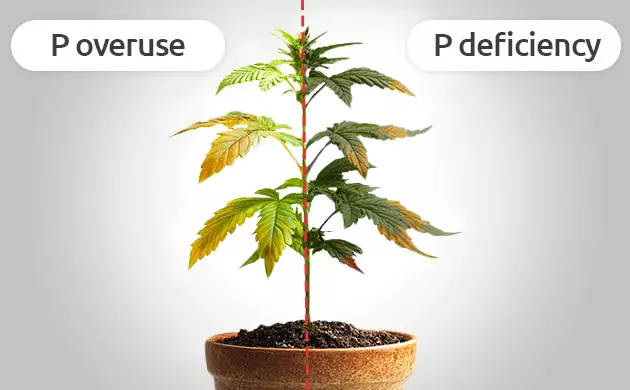
Although excess phosphorus is less common, it can still happen. When there’s too much of it, your plants can struggle to take in other elements such as calcium, magnesium, iron, copper, and zinc, which leads to typical signs of deficiency of these elements. Among other symptoms of excess phosphorus are yellowing between the veins of the leaves, burnt tips, thin new leaves, curling lower leaves, and spots on them.
Possible Confusion with Other Symptoms
Deficiency symptoms may occur not only with an actual shortage of phosphorus in the growing medium. You can get similar signs if the zinc or calcium levels exceed the norm, or with significant pH fluctuations. Adding phosphorus additives in these situations won’t help and could actually make things worse. Before you try to fix the deficiency, make sure the pH of the growing medium is just right and that the levels of other nutrients aren’t too high.
Reasons for Phosphorus Deficiency
There are a bunch of reasons why your cannabis plants might be low on phosphorus. Knowing what they are can help you fix the issue:
- Improper feeding. One big reason could be that your plants aren’t getting enough nutrients or the right balance of them. Using cheap or too much fertilizer can mess things up too, causing nutrient lockout. Your plants thrive when they get the right stuff at the right time.
- The lack of microflora. If your soil is lacking beneficial microbes like mycorrhizal fungi, it can make it tough for your plants to take in phosphorus and other nutrients. This might be due to poor-quality soil or using low-quality plant food.
- Wrong pH level. pH imbalance is another common cause of phosphorus deficiency. If the pH is too high or low, the roots won’t be able to properly absorb nutrients.
- Too much watering and poor drainage. If you’re watering too much, it can lead to waterlogged soil, which is a real bummer for the roots. This makes it hard for them to absorb phosphorus and can cause a bunch of other problems too.
- Damage or stress to the roots. If the roots get infected or hurt, the rest of the plant suffers too, leading to a lack of nutrients up top.
- Low temperatures. Another reason why plants might struggle with taking in phosphorus is because of the cold soil and air. This can result in some deficiency symptoms.
How to Deal with Phosphorus Deficiency
There are several methods to eliminate phosphorus deficiency, and the best solution is often a combined approach. However, you should be careful, as excessive use of nutrients can cause additional problems instead of solving them.
Adjust the pH of the Growing Medium
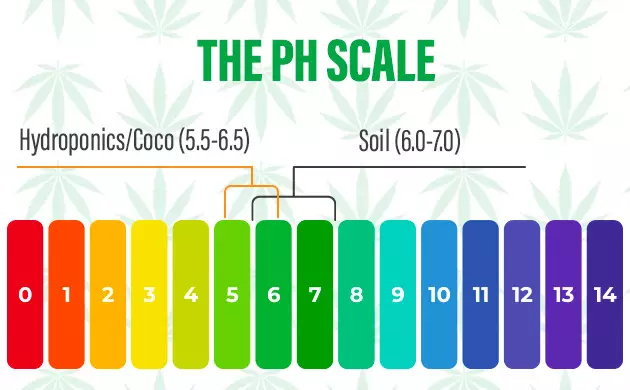
If you're dealing with any cannabis health issues, the first thing you need to do is check that the pH and EC levels of your solution are on point. When growing cannabis in soil, anything in the range of 6.0-7.0 is considered normal, and for substrates and hydroponics, the preferable range is between 5.5-6.5. If things are off, you can use ingredients like lime or citric acid from around the house, but it’s usually better to grab some pH Up or pH Down products to fix the issue properly.
Apply a P-Rich Fertilizer
Mineral monophosphoric fertilizers, especially superphosphates, are popular among growers because they pack a serious punch of phosphorus, and plants can soak them up easily. There are two types of superphosphates – simple ones containing about 20% phosphorus, and double ones, where the concentration reaches 50%. These additives dissolve well in water and quickly become available to the plant. However, you need to be careful with how much you use; too much can overwhelm a struggling plant and even kill it. It’s better to start with a small dose – about one-eighth of the recommended amount, gradually increasing the volume with a positive response.
Fans of organic fertilizers prefer natural sources of phosphorus, such as bone and fish meal, wood ash, and compost. They’re great for giving plants a boost, but you also need to take into account their slow decomposition in the soil, meaning the plants won't receive phosphorus right away. These additives are also not suitable for hydroponics, as they are poorly soluble in water and can clog your system.
For a more rapid result and convenience in hydroponics, it’s better to use liquid organic fertilizers made for a balanced diet at all stages of plant’s growth. They're cost-effective, easy to use, and work well with different growing methods, whether you're using substrates or soil mixes.
Fix Nutrient Levels
Soil testing helps you figure out what nutrients your soil is lacking, allowing you to tweak your fertilizers accordingly. If you want to increase the phosphorus level without messing up the balance of other nutrients, you can use special monophosphoric additives in small amounts. This way, you can reach your goal without cranking up the nitrogen or potassium, which keeps things from getting out of hand.
As previously mentioned, you can also throw in some organic materials like bone meal or fish meal. They release phosphorus slowly and keep it steady in the soil without throwing off the nutrient balance.
Monitor Temperature
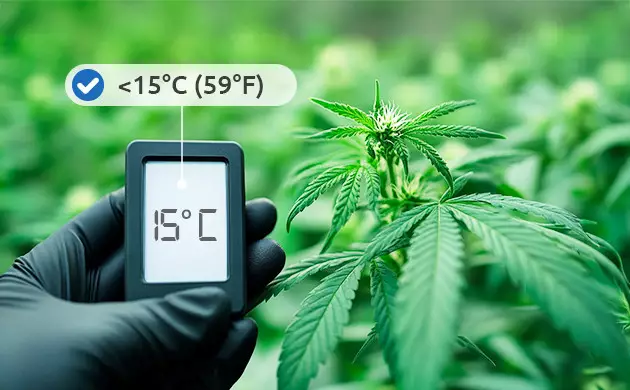
The best temp for cannabis to soak up phosphorus is between 20 and 25 degrees Celsius. When it gets below 15 degrees, especially in the winter, the plant really struggles to take in phosphorus, even if there’s plenty around. Cold conditions slow down the plant’s metabolism, disrupting the transport of phosphorus to the roots and other parts, which can cause stunted growth and discoloration of the leaves.
To maintain a stable growing environment and prevent temperature stress, monitor the temp in your grow room or greenhouse, especially at night. If the plants are in pots and it’s too cold where they currently are, move them to a warmer place. To protect plants growing in the open ground, you can use agrofibre, which creates a protective dome, helping to keep the heat around the plants. You can also use heaters in greenhouses to maintain a stable temperature, especially on cool nights, and to provide optimal conditions for the absorption of phosphorus and other important elements.
How Long Does It Take a Plant to Recover from Phosphorus Deficiency?
The recovery time of a plant with a phosphorus deficiency depends on several factors: the degree of shortage, the specific strain, and the growing conditions. Severe deficiency requires more time to recover, especially if the plant is already experiencing noticeable stress. Some weed varieties are also more sensitive to deficiencies and may recover more slowly. Growing conditions such as temperature, humidity, and lighting play are also important; a favorable environment accelerates the process.
Good signs that the plant is bouncing back are healthier leaf colors, no more discoloration, and new healthy shoots popping up. If the old leaves are losing their spots and growth is slowly coming back, that’s a great sign too.
To help the plant’s recovery, make sure to regularly check the pH and nutrient levels in order to avoid new deficits. Using organic fertilizers that are high in phosphorus is a good way to keep its diet on point. Also, make sure the temperature, humidity, and lighting are just right so the plant can fully recover and get back to growing as it should.
How to Prevent Phosphorus Deficiency
To keep plants growing strong and avoid running low on phosphorus, it's super important to kick things off with the right nutrients. Check out these tips to keep your phosphorus levels just right and steer clear of any issues that come from not having enough.
Regularly Measure pH Levels

Keeping the right pH level is super important for taking care of your plants. If the pH gets out of whack, your plants might struggle to soak up nutrients. Make sure to check the pH of your soil and nutrient mix regularly, and also keep an eye on how water flows out of the pots. If it goes too high or too low, use pH adjusters to get it back on track.
Refine Feeding Regimen
To avoid overfeeding your plants, it’s key to stick to the fertilizer dosage. Start by following what the manufacturer suggests, but as you get the hang of it, you can mix in some extras like organic additives or spray fermented plant solutions. This way, you can gradually boost your plants without messing up their nutrient uptake.
Use Organic Fertilizers
Synthetic fertilizers can be handy for quick fixes, but if you’re looking for something to use all the time, organic ones are the way to go. They create a more natural vibe for your plants and help keep the soil healthy.
Make Your Own Compost
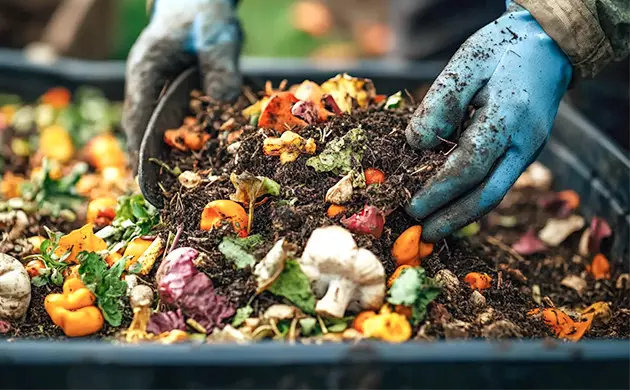
Helpful little microbes hanging out in the root zone really boost how well plants soak up nutrients. For instance, mycorrhizal fungi team up with plant roots, grabbing nutrients from the soil and handing them over to the plant in a way it can actually use. It’s also a good idea to add some silicon, which helps those mycorrhizal fungi thrive and makes phosphorus more available.
Wrap-Up
When there's cannabis phosphorus deficiency, you’ll first notice that plants grow slowly and their leaves might change color a bit. Then, they can start curling up and the yields drop. However, if you catch it early, fixing the issue is pretty straightforward with the methods mentioned. The best part? You can sort out phosphorus deficiency quickly if you act on it in time!
Herbies Head Shop expressly refuses to support the use, production, or supply of illegal substances. For more details read our Legal Disclaimer.

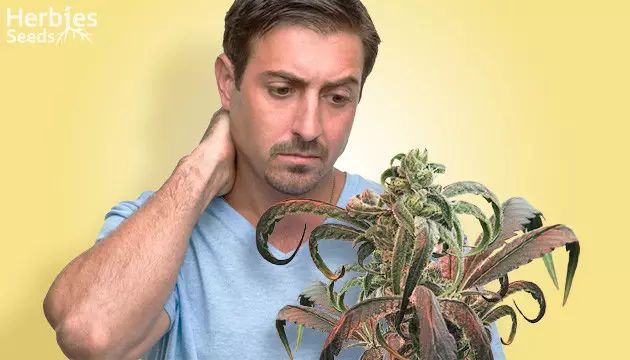

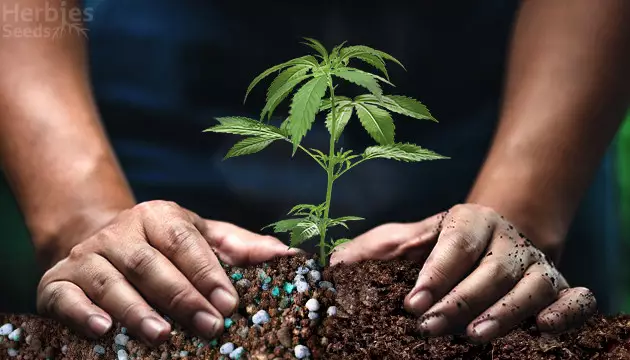
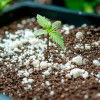

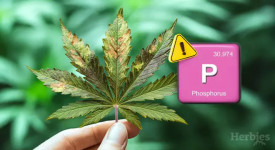



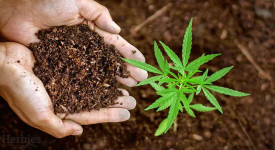


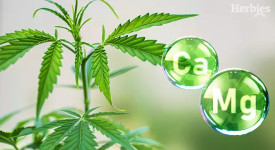
Thank you for leaving a comment for us!
Your feedback will be posted shortly after our moderator checks it.
Please note that we don’t publish reviews that: